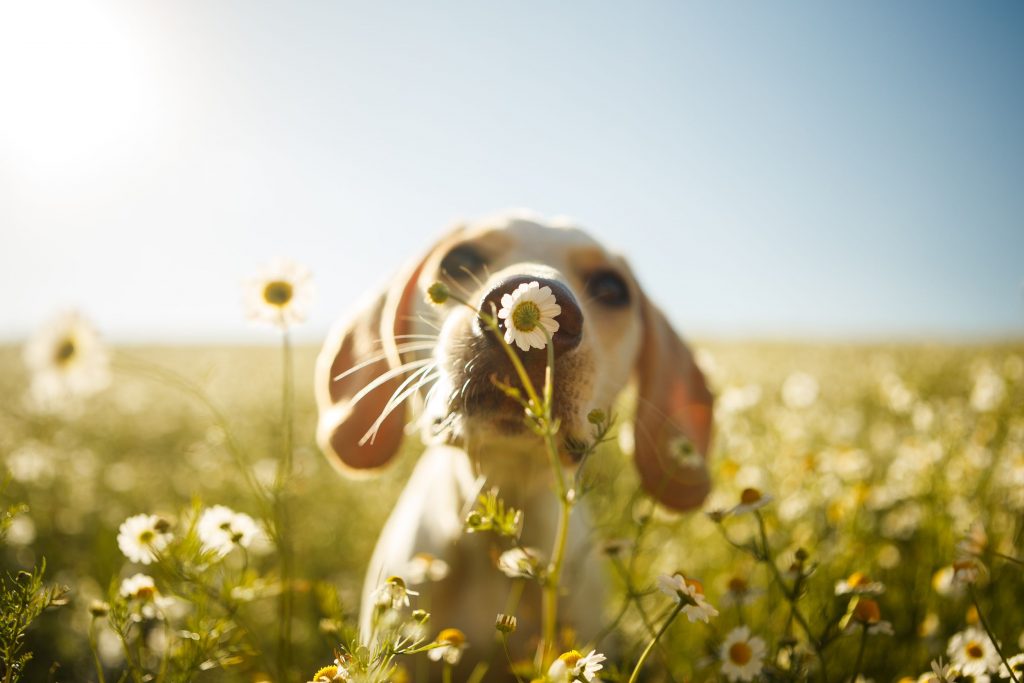What to Worry About: Considering Spring Pet Safety
Spring is about embracing life-affirming positivity, joy, and abundance. The sun is shining, the flowers are blooming, and nothing can get us down. It’s the best time of the year to pivot towards health, vitality, and a happy, full future. Chances are, your pet has a keen sense for clocking the vibe shift between winter and spring. They can feel the potential, just like us. Unfortunately, that means they can come across less-than-ideal situations that threaten your approach to spring pet safety.
The Right Paw
Let’s start spring with some valuable, season-specific activities you can share with your pet, including:
- Long walks
- Visits to new dog parks or trails
- Road trips
- Installing a catio
- Setting up a bird or squirrel feeder outside your pet’s favorite sunny window
- Planting pet-friendly plants or herbs
- Spring cleaning complete with a new, clean bed
The spring is a lovely time of year to make special memories with your pet. If you’re curious about their health, and it’s been a minute since their last exam, start the season off with a routine wellness exam. We can confirm that they are on the right path, or make recommendations to help them achieve lasting vitality.
The Thing About Plants
Fortunately, most plants are either A-OK for pets to be around or they go completely ignored by them. The bad news is that there are some toxic plants out there, and just the fact that they can cause harm to pets should be enough to remove them from the garden. Awareness of the following toxic plants is key to upholding spring pet safety:
- Lilies
- Sago palms
- Oleander
- Azalea
- Tulips
- Daffodils
- Hyacinths
- Cyclamen
It is important to know what these plants look like, when they bloom, and their location around your home and neighborhood.
Pesky Pests and More
Fertilizers, rodenticides, pesticides, and more are applied frequently throughout the spring and summer months. Most products are not approved for use around pets. If you do use these products, keep your pet inside. Proper storage of yard/garden products is critical to limited chemical exposure.
Parasite Prevention
Year-round parasite prevention is key to lasting wellness. Ticks, fleas, and mosquitoes may slow down during the colder months, they aren’t ever fully dormant. Cases of flea infestations, heartworm, and Lyme disease spike during the spring and summer, making parasite prevention a huge priority. If you have questions about keeping your pet safe from parasites, please let us know.
Seasonal Allergies
Spring pet safety should involve some consideration for environmental allergens like pollen, grass, and mold. If you happen to see your pet scratching, licking, or biting their skin more than usual, they may benefit from an occasional, hypoallergenic bath to wash away allergens and soothe the skin. Ongoing symptoms warrant an exam and possible allergy testing.
Great Expectations
The “honey-do” lists are at their all-time high during spring. If you have home improvement projects to cross off your list, be sure your pet’s safety remains a high priority. If you cannot guarantee your pet’s safety when painting, cleaning, or other activities, consider boarding them or leaving them with a friend or neighbor.
Spring Pet Safety
As the temperatures start to spike, please be aware that the inside of a parked car is never a good place for your pet. Even a short time inside a vehicle parked in the shade can quickly create dangerous conditions for your pet.
From all of us at Volunteer Veterinary Hospital, happy spring! Please call us at (865) 609-0311 with any questions about spring pet safety.


